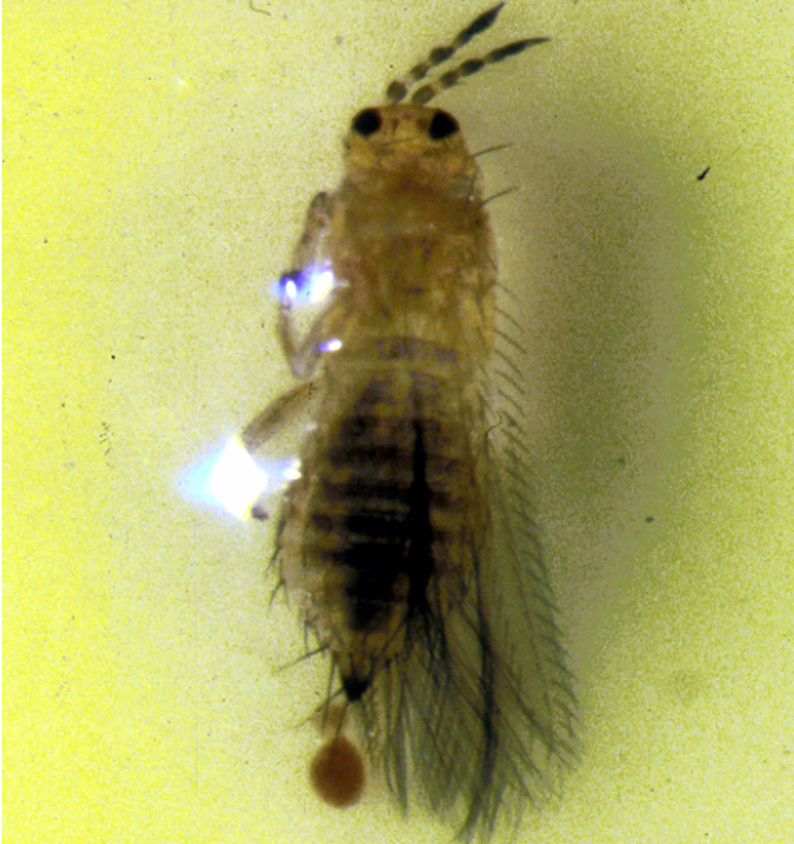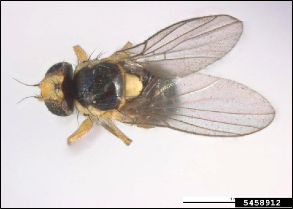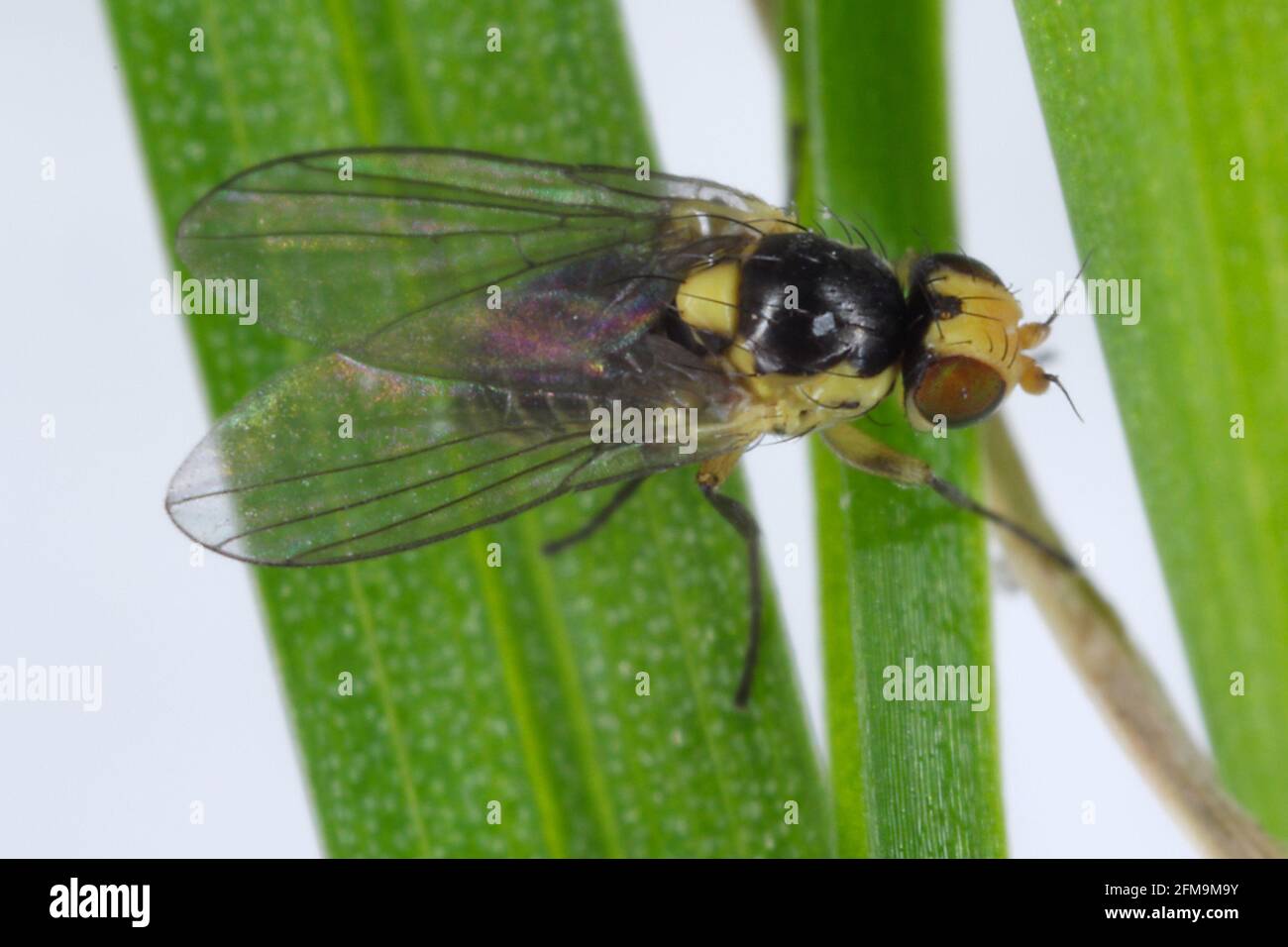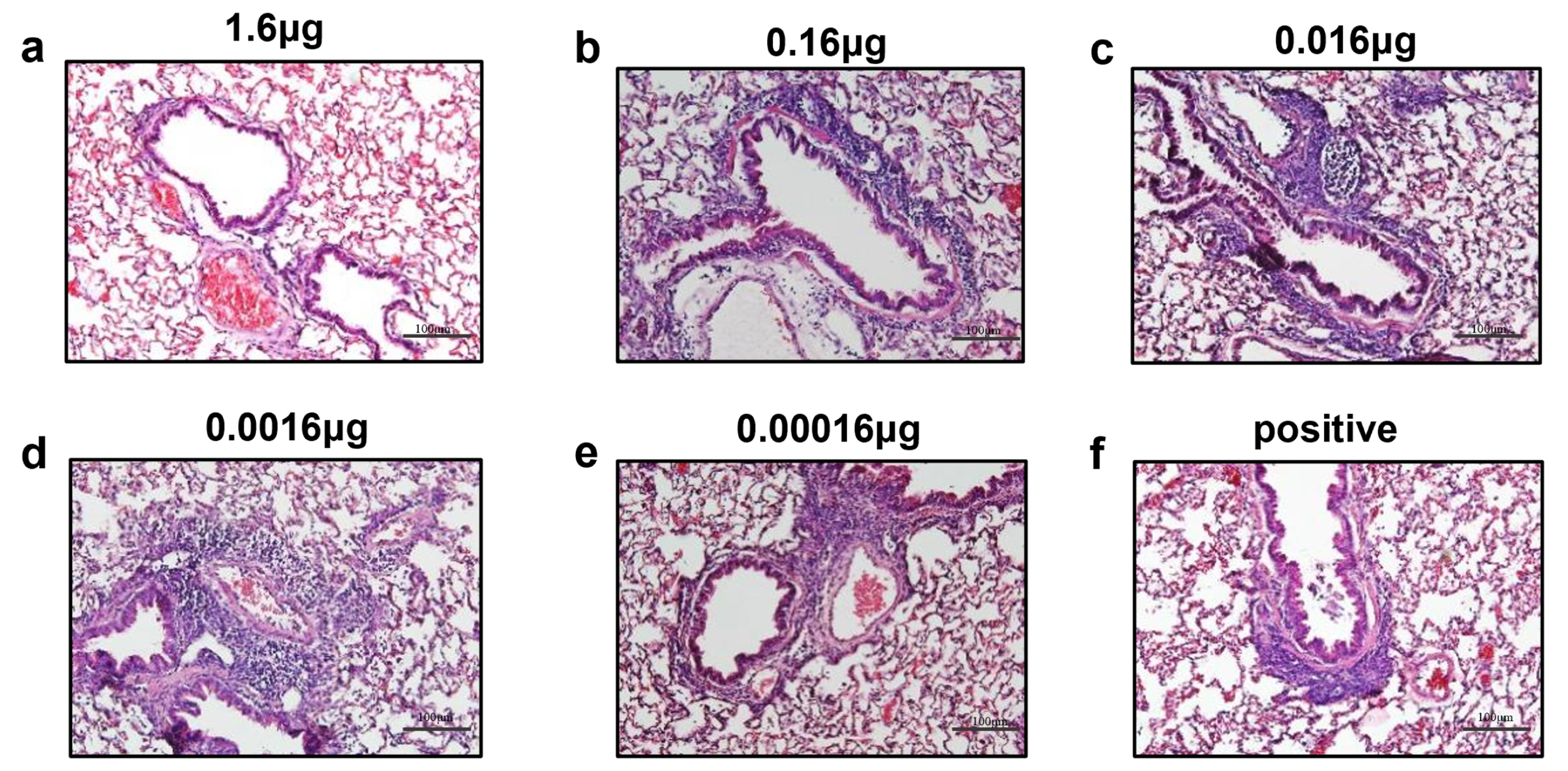Agromyzidae (Diptera) Plant Pests
Damage from species of Agromyzidae (Diptera) on their plant host(s) is caused mostly by internal larval feeding, but additional damage can arise from female oviposition and feeding punctures, which results in structural damage, the vectoring of viruses and pathogenic fungi, and the exposure of tissue to secondary infection. Many plants of agricultural and ornamental importance are attacked in the field and in glasshouses, and while fly populations are normally kept in check by hymenopterous parasitoids, they sometimes occur in large enough numbers to affect yield and may destroy entire crops. Species affecting crops may be specialists on one host or a larger number of related hosts, but only 16 species in the genera Liriomyza Mik, Phytomyza Fallén and Tropicomyia Spencer are polyphagous, occurring on many hosts in a wide range of families. The threat of these flies is compounded by increasing insecticide resistance and the ease by which polyphagous species can multiply on weeds around growing areas or on alternate crops. All species are also readily spread through trade on their host plant or in soil, causing some species to become globally invasive, with some being of quarantine concern. Since understanding these pests is integral to their control, the objective of the present study is to provide an overview of agromyzid biology, ecology and agricultural importance. Detailed consideration is additionally provided for 26 major pests of special concern. These include eight species of the subfamily Agromyzinae [Agromyza frontella (Rondani); A. megalopsis Hering; A. parvicornis Loew; Melanagromyza sojae (Zehntner), Ophiomyia phaseoli (Tyron), O. simplex (Loew), O. spencerella (Greathead), and Tropicomyia theae (Cotes)] and 18 species of the subfamily Phytomyzinae [Amauromyza flavifrons (Meigen), Liriomyza brassicae (Riley), L. bryoniae (Kaltenbach), L. chinensis (Kato), L. congesta (Becker), L. huidobrensis (Blanchard), L. langei Frick, L. sativae Blanchard, L. strigata (Meigen), L. trifolii (Burgess), Phytobia cambii (Hendel), Phytomyza gymnostomaLoew, P. horticola Goureau, P. ilicicola Loew, P. ilicis Curtis, P. nigra Meigen, P. rufipes Meigen, and P. syngenesiae (Hardy)]. For each of these species, an overview of contemporary knowledge is provided for identification and diagnosis, global distribution, hosts plant(s), host damage, biology, and means of movement and dispersal. To aid in control, early warning systems, and means of field monitoring and management are provided.

Species New to Science: [Entomology • 2021] Thirteen New Species of Agromyzidae (Diptera) from the United States, with New Host and Distribution Records for 32 Additional Species

PDF) Checklist of Lithuanian Diptera

Tomato - Leaf miners

Daylily Pests Plant Addicts

RJC】(UN)102C COTTONS

Agromyzid Leafminers, VCE Publications

Insecta Gallery List « Insecta

Agromyza myosotidis [Diptera: Agromyzidae] in Leaf and stem mines of British flies and other insects

Agromyzidae (Diptera) Plant Pests

Fly of Phytomyza rufipes (Diptera, Agromyzidae: leaf-miner flies). It is pest od Brassicaceae e.g mustard, rapeseed, cabbage, cauliflower, broccoli Stock Photo - Alamy
Allium leaf miner / RHS Gardening

RJC】(UN)102C COTTONS

Leaf Miner: Eliminating Trailblazing Larvae - Epic Gardening

TODAS LAS NOVEDADES DESDE ENERO 2023 - Entomopraxis